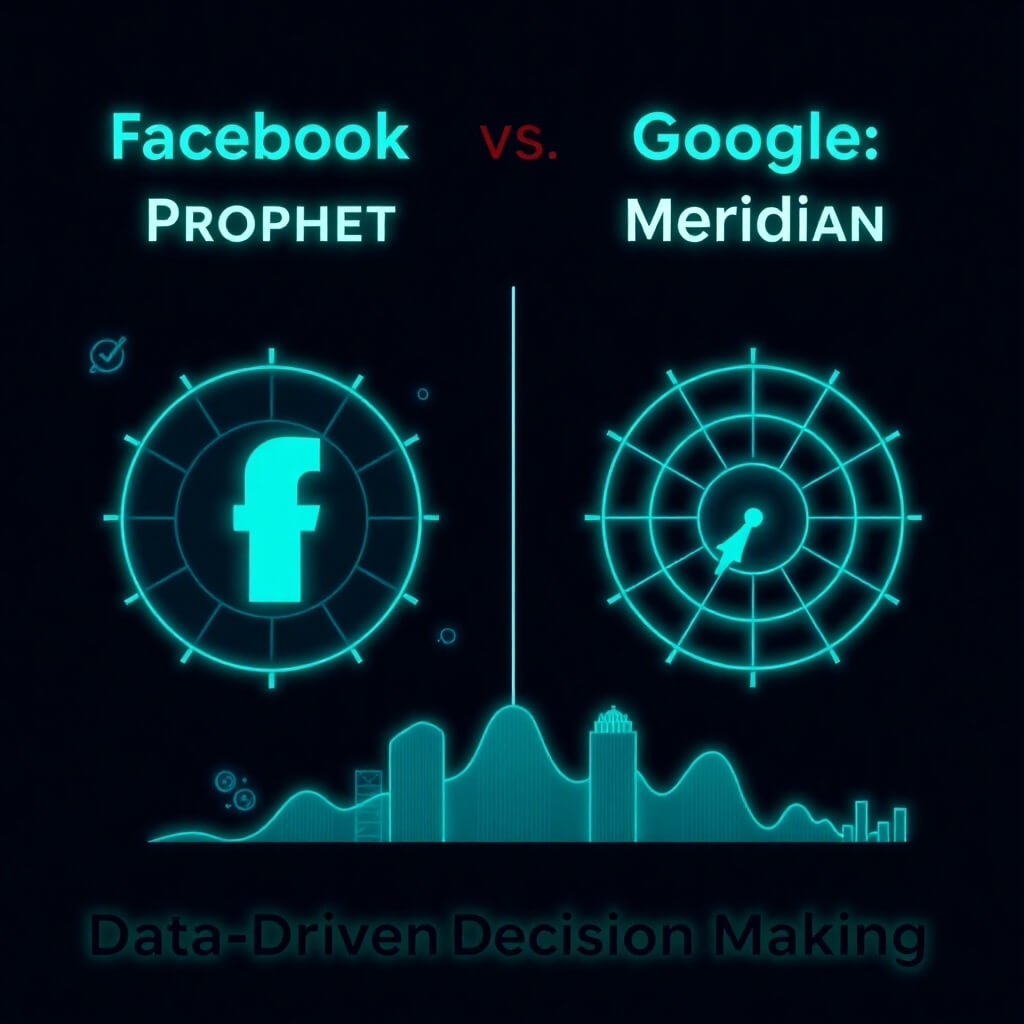
2014 was a year of big changes in search. The world of search was rocked by Google algorithm updates like Penguin and Panda, and impacted by new laws, updates, and tech developments. So join us as we review all the changes that came to search in 2014.
January
2014 kicked off with the internet still buzzing over a controversy from 2013: the RapGenius scheme. The lyric database website was offering bloggers tweeted exposure of their blogs in exchange for backlinks within the blog itself. By sending bloggers backlinks for use in their blogs of unrelated content, RapGenius was trying to improve its search rankings, a violation of Google’s guidelines. In response, Google removed RapGenius from its organic search results.
While Google was penalizing RapGenius for its SEO tactics, a Google employee was calling for the end of another tactic. On his website, Google’s Matt Cutts said that while guest blogging had started out as reputable way to gain links, it had quickly turned, in his words, “too spammy”. This declaration launched a heated debate over whether or not guest blogging was spam or a legitimate linkbuilding strategy.
February
Google made some changes in February, including a refresh of its page layout algorithm. The updated algorithm targeted sites that were light on content and heavy on ads that appear towards the top of the page. The algorithm aimed to reward sites that offered the best user experience.
Meanwhile, Mozilla’s Firefox browser announced that it would start serving ads to its users directly. A year before, Mozilla had announced that it would be testing an update that would block all third party cookies. Those cookies had helped advertisers target audiences by tracking users’ browsing habits. However, with Mozilla’s February announcement, it became clear that 3rd party cookies were generally in decline in the industry. Mozilla’s move indicated that more companies were working on replacing cookies with their own proprietary tracking technologies.
March
In March, Google rolled out a new design for its search engine results page (also known as SERP). The new design impacted the overall look of the SERP format (including basic search results, expanded site-links, images, news results, local results, and video thumbnails) in addition to the appearance of AdWords blocks.
Also in March, Bing announced that it would be introducing product ads. The ads didn’t require advertisers to write ad copy or develop keywords for each campaign. Instead, it built the campaign around information already available.
April
April started with the loss of an old internet figure. Internet Explorer, once the king of all browsers, was finally shutting its doors, after Microsoft announced that April 2014 would be the last day it would provide IE6 updates. By then, however, it was hardly a popular browser, especially after vulnerabilities were found in every single version of Internet Explorer.
As Internet Explorer was closing up shop, Google continued to add to its offerings. In April, Google Analytics started offering the ability to see multi-device user behavior in the same reporting view. This allowed marketers to get a better understanding of users in a diverse, multi-device landscape.
That wasn’t the only update from Google in April. It also introduced many new features to AdWords that further increased insight and control for marketers. You can learn the 5 most important points to know about this update (in addition to the transcript of Google’s presentation) on the Overdrive blog.
May
Google’s updates in April were nothing compared to what followed in May. The month started out calmly enough, with reports of Google testing out Product Listing Ads (PLAs). Those ads cropped up in searches and displayed product images in search results along with price, and ratings.
However, Google’s release of version 4.0 of the Google Panda algorithm turned the world of search on its head. The update punished sites with low-quality content by stopping websites that featured poor content from reaching the top of Google’s search results. After the update, a few popular sites were negatively impacted, including eBay and Ask.com.
But May wasn’t only about Google Panda. A study helped increase the focus on local when it revealed that 78% of local-mobile searches resulted in offline purchases. The study highlighted the importance of local information about mobile users, and contributed to an overall realization of the value of location-based data in marketing.
June
In June, Apple made changes to its Spotlight search provided in its iOS and Mac OS X “Yosemite” operating system. It dropped Google search for Bing, making giving Spotlight search capabilities that allowed it to display results from Apple Maps, Wikipedia, movie showtimes, Bing web searches and more.
Meanwhile, Google made changes to the search capabilities on its Android-powered devices. The voice-controlled search on those phones allowed users to carry out any function on their devices simply by saying “Ok, Google” and then asking a question or stating a command.
July
Google felt the heat from the European Union in July thanks to the “Right To Be Forgotten”. This meant that EU citizen have the right to request that search engines remove links to pages deemed private. While Google is still working to remove those mentions from its search results, the removals raised the debate about privacy, the freedom of press, and whether or not Google even had the ability to remove all requested mentions.
Another big change came to Google search in July. It released a new algorithm update, now known as the Pigeon update. Pigeon provided more useful, relevant and accurate local search results. The changes were most prominent within Google Maps search results and web search results. Pigeon was all about provided users with local results and stronger ties to web search signals.
The focus on local makes sense, especially after word came out about a new internet milestone. For the first time in history, mobile usage exceeded PC internet usage. This development was an important reminder to search marketers that the no longer could afford to ignore the power and importance of mobile.
August
In August, Google tweaked its search ranking algorithm yet again, this time announcing that it would be giving higher priority to websites that use encrypted connections. Websites with Hypertext Transfer Protocol Secure connects (HTTPS) received boosts in their rankings thanks to Google’s renewed focus on security. You can get more details about this update on the Overdrive Blog.
Google made yet another change in August when it removed authorship results in its search results. Authorship was originally intended to score results based on the author’s trust and authority. However, there were several reasons why it ended the program, including its low value to searchers and low adoption rates.
September
In September, Google released the latest version of its Panda Update. Panda 4.1 was a filter designed to penalize poor content from search rankings, and built on the changes brought by the previous Panda update earlier in the year. Once again, webmasters scrambled to see if their site rankings were impacted by the update, and looked for ways to improve rankings if their site took a hit.
Also in September, a study addressed the ongoing debate over whether or not it was worth including your own brand terms in paid search marketing campaigns. Bing’s study addressed the age-old question: To bid or not to bid? To see Bing’s answer, check out their white paper.
October
Another month, another change to Google’s search algorithm. In October, the changes came in the form of the Penguin 3.0 update. The update to the filter targeted spammy sites or violated Google’s guidelines about linking. You can learn more about Penguin and Google’s efforts to remove spam from its search results here.
Google made several other changes in October, including improvements to its Tag Manager. Updates included a new interface and more 3rd-party templates. It also included new APIs that allowed users to customize their own infrastructure.
Google also updated AdWords, which including new reports to show how ads performed when they appeared with automated extensions.
November
In November, Mozilla announced that its Firefox browser was replacing Google as its default search provider. Instead, Firefox would use Yahoo as its default search engine for at least the next five years. The move was a huge gain for Yahoo, and as it rolls out to all Firefox users in early 2015, it’s expected to help increase its share of the search market.
December
Facebook followed Firefox’s lead and dumped its search provider, Bing, in December. Facebook said it would be replacing it with its own search tool, which would give users the ability to filter through old content, such as comments.
Meanwhile, Google was introducing new capabilities to its advertising analytics. In December, it rolled out search app engagement ads that included deep linking. It also added YouTube analytics to AdWords, giving advertisers a way to gain sights on both paid and organic video performance. Google also made the move to shut down Freebase, an open source repository of facts that helped power the Google Knowledge Graph. It was just one of many changes that had come to Google search results over the years. To see an illustrated timeline of the other updates, check out our Google Gallery.
To get a complete picture of the world of search marketing in 2014, be sure to check out our Search Marketing Map and keep an eye on the Overdrive Blog to keep up to date on all the news and changes that are sure to come in 2015!





